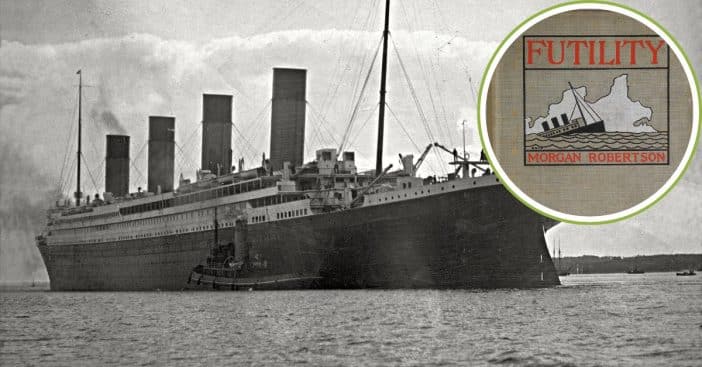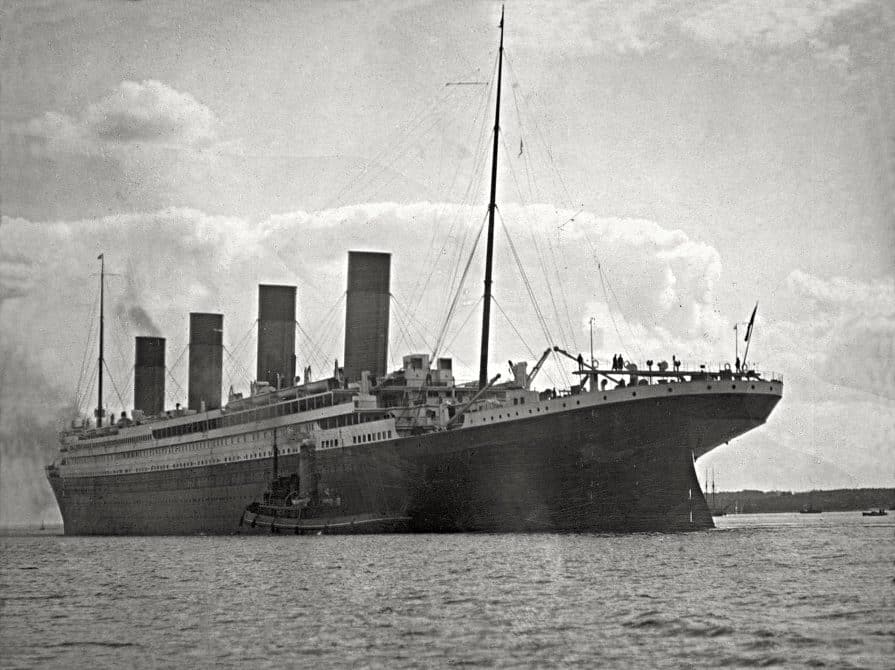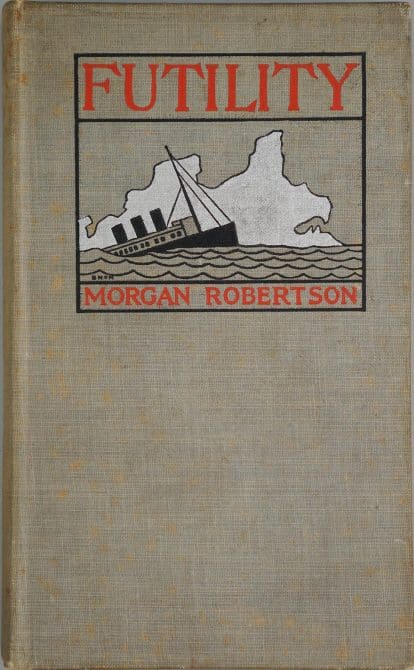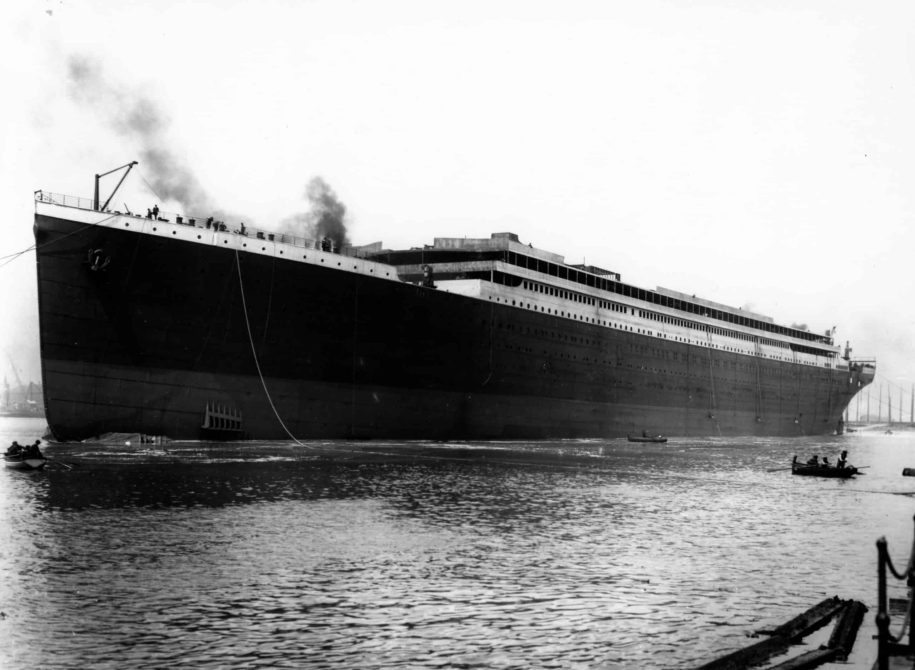
The RMS Titanic was a marvel of its time, touted as the largest and most luxurious ship afloat when it set sail on April 10, 1912. Sadly, tragedy struck in the frigid waters of the North Atlantic on the night of April 14, 1912, when the Titanic collided with an iceberg. Despite efforts to avoid the iceberg and mitigate the damage, the ship finally sank claiming over 1,500 lives.
However, 14 years before the Titanic sailed and met a disastrous end, a book by American author Morgan Robertson previously predicted a similar occurrence. Due to the striking similarities of the events, Robertson’s story became interwoven with that of the Titanic
Titanic’s tragic fate predicted early on in a novel

In his novel Futility, Robertson intricately portrays the grandeur of a fictional ship named the Titan. He masterfully described the vessel as a marvel of craftsmanship, meticulously constructed by skilled hands. With vivid detail, he illustrated how the Titan captivates the imagination of all who behold it, its majestic presence leaving a lasting impression on those fortunate enough to witness its splendor.
RELATED: The Iceberg That Sank The Titanic May Be Shown In Newly Surfaced Photo From 1912

“She was the largest craft afloat and the greatest of the works of men. In her construction and maintenance were involved every science, profession, and trade known to civilisation,” he wrote. “On her bridge were officers, who, besides being the pick of the Royal Navy, had passed rigid examinations in all studies they were not only seamen, but scientists. Unsinkable—indestructible, she carried as few boats as would satisfy the laws. These, twenty-four in number, were securely covered and lashed down to their chocks on the upper deck, and if launched would hold five hundred people. She carried no useless, cumbersome life-rafts; but—because the law required it—each of the three thousand berths in the passengers’, officers’, and crew’s quarters contained a cork jacket, while about twenty circular life-buoys were strewn along the rails.”
Morgan Robertson’s fictional vessel suffered the same fate as the Titanic
Robertson’s fictional vessel, much like the infamous Titanic, was depicted as a grand passenger liner, renowned for its immense size and opulent luxury, earning the moniker of being “unsinkable.” Both ships shared the tragic fate of sailing too swiftly through the icy waters of the North Atlantic, ultimately colliding with an iceberg near the Newfoundland Banks, approximately 1,000 miles off the coast of New York. The impact resulted in a fatal breach on the starboard side of each vessel.

While Robertson didn’t provide an exact tally of lives lost aboard his fictional ship, the magnitude of the tragedy paralleled that of the Titanic, evoking a sense of immense loss and sorrow.
